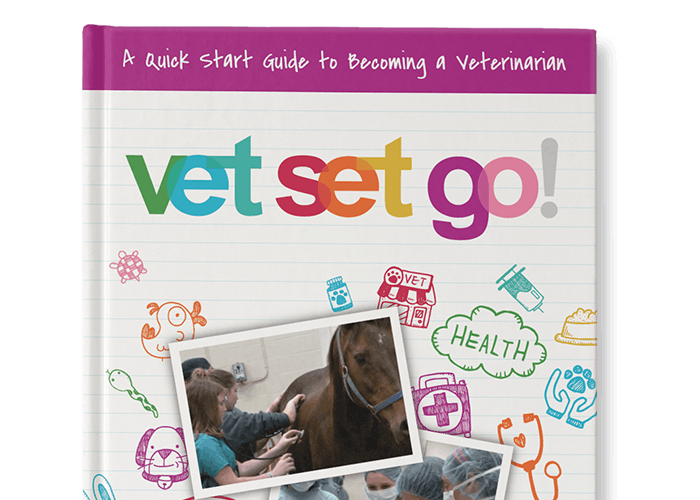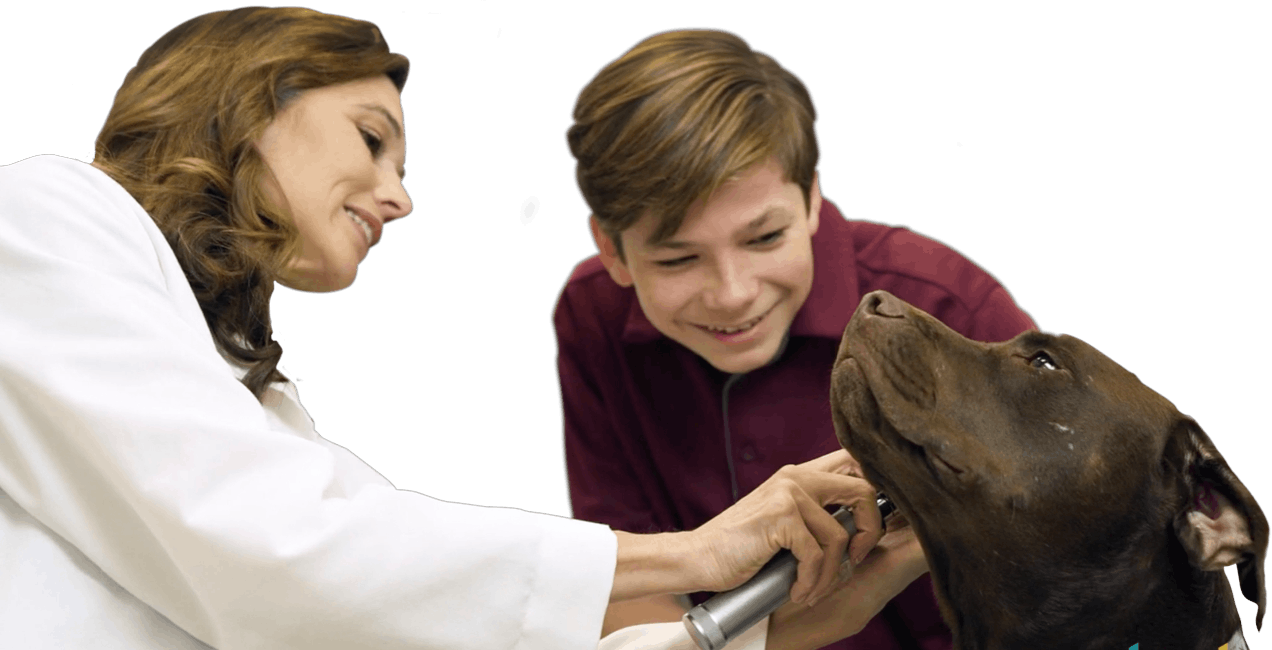What do veterinarians do? Where do veterinarians work? What do veterinarians wear? This article series was created to highlight the incredible number of things veterinarians do, the many places veterinarians work and the diversity of patients veterinarians treat.
As Dr. Ben Parker of Bluffton, South Carolina examines his feathered patient, he doesn’t know exactly how it became injured. A good Samaritan found the owl on the side of the road and dropped it off at his hospital that morning. When he considers this history, Dr. Parker suspects that his hospitalized patient was most likely hit by a car.
About the Procedure
To minimize stress and insure a safe and pain free exam, Dr. Parker sedates the owl by masking it down with gas anesthesia. He then begins to examine his patient. The physical exam reveals a fracture to the humerus bone of the left wing.
Dr. Parker and his team apply a splint that will work much like a cast. It will immobilize the wing and allow the bones to heal. The splint will stay in place for about 2-3 weeks. After the splint is placed, Dr. Parker will release the patient to a raptor rehabilitation center with the hope that, once the wing has healed, the patient will be released back to the wild.
About the Location
Dr. Parker examined this patient in the hospital treatment area. Many small animal hospitals have treatment areas that have multiple stations for performing procedures. These areas are typically located in the back of the hospital and close to key areas like the radiograph room and the surgical suite. Items like medicine and bandages are kept close by for procedures like this.
Do You Want to Work with Wildlife When You Become a Veterinarian?
Doctors who work with wildlife understand that their patients are not used to being handled. Veterinarians must take special precautions to insure the safety of both their patients and their staff. Veterinarians must also understand the unique anatomy and physiology of their patients.
Dr. Parker is a small animal practitioner at Coastal Veterinary Clinic in the low country area of South Carolina. He came to this region when he first graduated from veterinary school and immediately began working with wildlife. “From the first day I started practice, I made sure I took on every wildlife case that was brought into our hospital. I really love these animals and want to help them/” If you want to work with wildlife when you become a veterinarian, he recommends that you start right away.
If you want to work with wildlife, you should consider volunteering a wildlife rescue center. If you are too young to volunteer, consider attending camp at a zoo or animal sanctuary. These camps are great opportunities to get hands on animal experience and learn about wildlife in a safe environment.
Do You Want to See More?
You can view two videos that take you behind the scenes at the Coastal Veterinary Clinic. The first video is called “Everyday is Different” and in this film you’ll see the wide variety of things Dr. Parker does on a typical day….including caring for the patient in this article! The second video is “Meet a Companion Animal Veterinarian” and in it you’ll get a chance to hear from Dr. Parker as he shares the world of a small animal practitioner.











Comments Add Comment
Vetsrule0617
Love the article on the owl wing
Want to add a comment?
In order to comment you need to login or join Vet Set Go